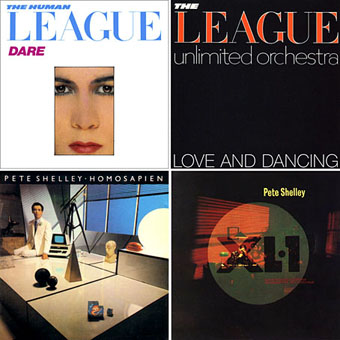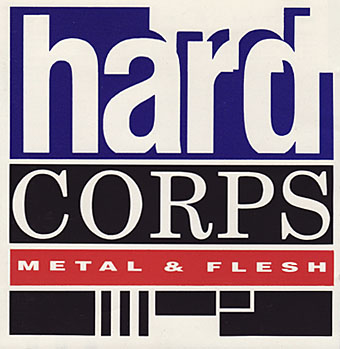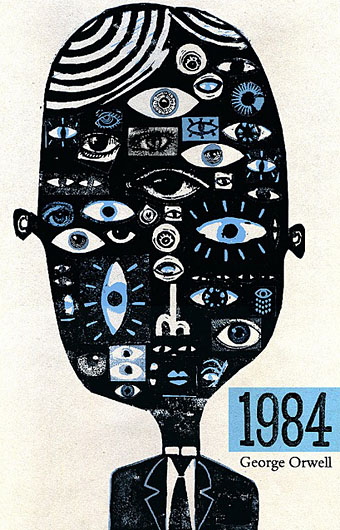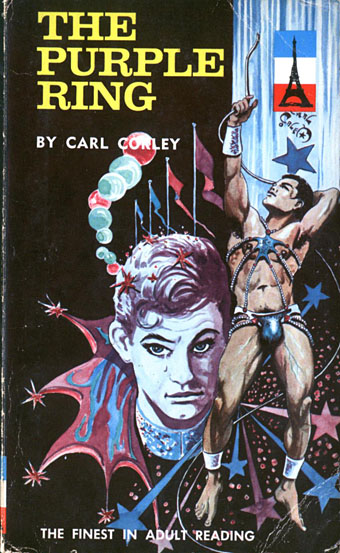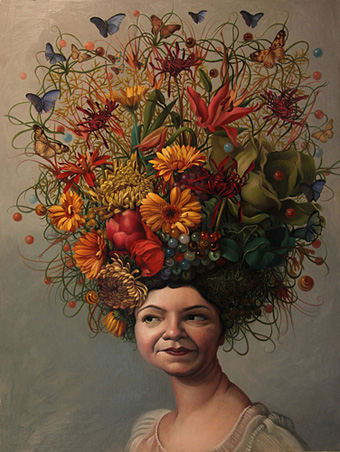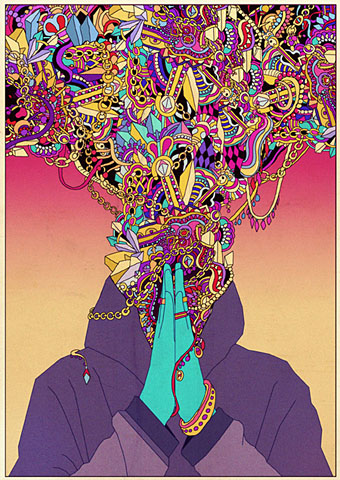Thomas Negovan.
Music journalist Simon Reynolds has been garnering attention over the past couple of weeks with his new book Retromania, an exploration of the thriving revivals and resurrections in the musical world and an examination of what this may mean for the future. There’s an astute discussion along these lines between Reynolds and Colin McKean over at The Quietus (and it is a discussion for once, rather than the more usual Q&A). The debate is a pertinent one but seems a little insular in its focus on music alone, and pop music in particular. Other creative disciplines have been dealing with questions of influence and originality for some time, they only seem pressing concerns in the musical world because so much music from all nations and eras is now available, and pop as a form is still relatively young.
In addition to the rear-view mirror approach to musical creation, there’s another side to retromania in the present fascination with antique musical instruments and recording equipment. The Cramps once declared that they preferred valve amplifiers because valves “turned the music to fire”; amps containing silicon chips, on the other hand, deadened the music by routing it through pieces of stone. There’s a lot of this attitude around at the moment (organic analogue versus inorganic digital), not least the persistent fetish for analogue synthesizers which dates back as far as 1995 and the Node project. That said, you’ll have to work hard to find anyone pursuing a retro aesthetic with greater determination than Thomas Negovan, a Chicago musician intent on releasing a 4-track EP which has been recorded directly onto wax cylinder using an 1894 Edison recording machine. Negovan and co. plan to release the recording on vinyl (with no digital technology used in the transfer), and also release a single on wax cylinder, a medium which they say hasn’t been used in this way since 1924. They still need some funding so there’s a Kickstarter page for the project here, and more details about Mr Negovan’s music over at his MySpace page.
Lastly, and quite by coincidence, The Wire‘s website has been running Antique Phonograph Portal links this week, including mention of a wax cylinder preservation project at the University of Santa Barbara. Go here, here and here for further details.
Update: Jay reminds me that he wrote a piece for the LA Weekly back in 2003 about the ongoing interest in music of the past.
Previously on { feuilleton }
• Obsolete formats continued
• Old music and old technology


